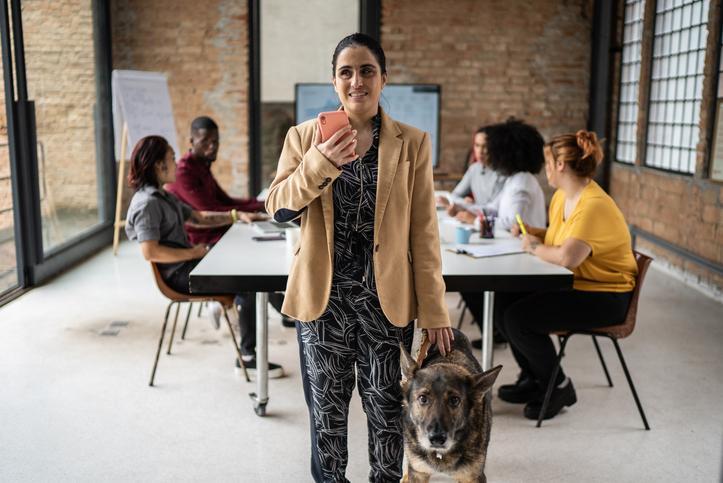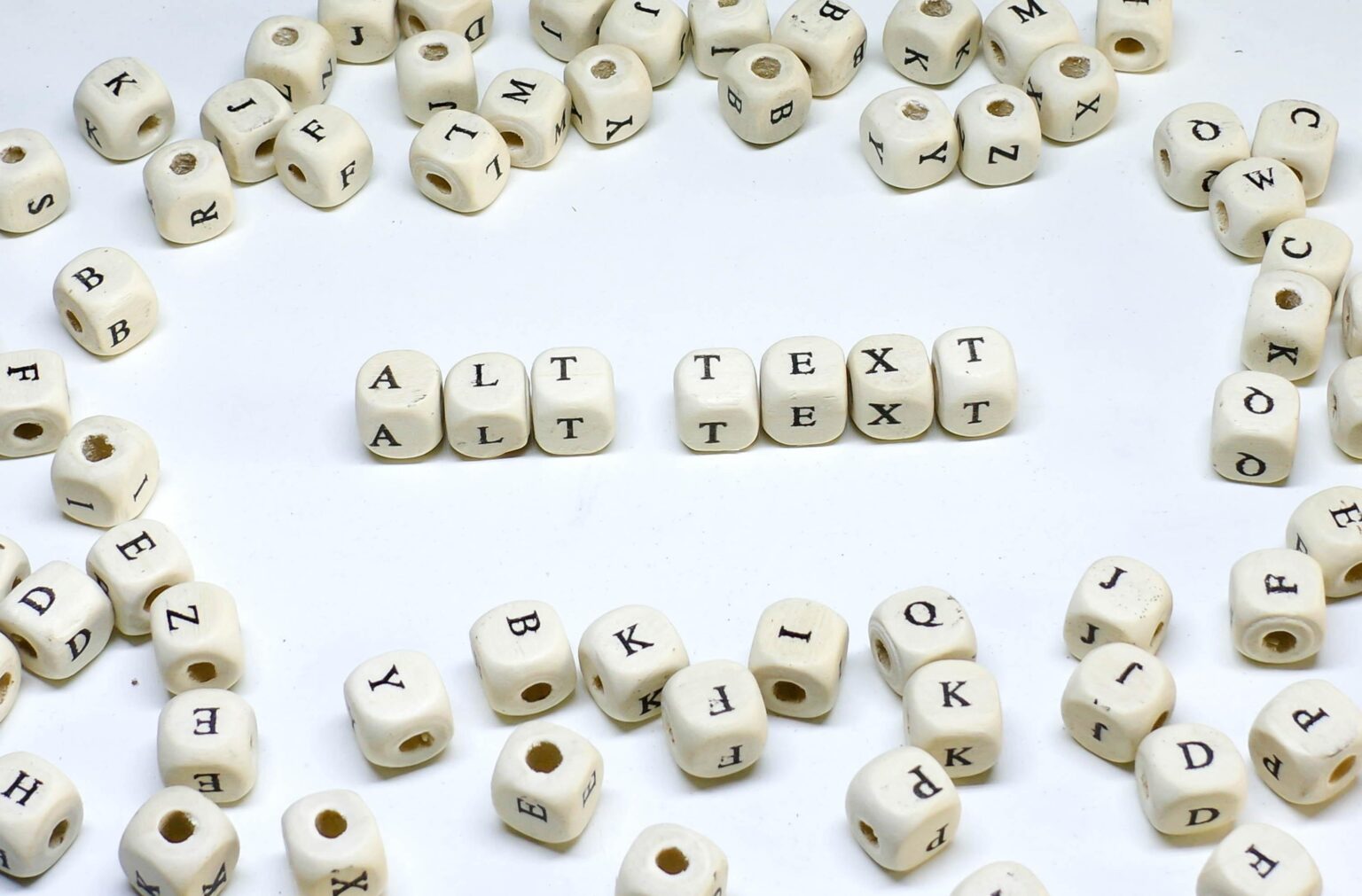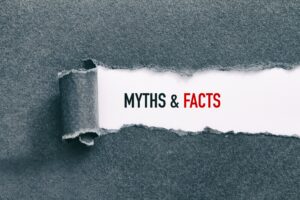Picture this: the Internet without images. If you’re a sighted person, it’s impossible to imagine websites without visuals or Instagram without photographs; but that’s the lived reality for millions of Internet users who are blind or have a visual impairment. Fortunately, alt text is available to help them.
What is alt text?
Alt text is a digital language form that renders online images as text. This makes it easier for visually impaired people to interact with images in online articles. By using screen-reading software like Microsoft Narrator, JAWS or NVDA, they’ll hear the alt text being read aloud instead of having to see the images. There are also text-only browsers, like Lynx, which display alt text in place of images.

It’s an often-overlooked piece of tech that makes the online experience more inclusive – and even if you don’t have issues with your vision, it’s helpful. If an image fails to load, the alt text will appear in its place, telling you what you’re missing.
How to write alt text
When you write alt text, remember that you have 1 000 characters to work with – so be as descriptive as possible. Without your description, people who have a visual disability miss important information and may get frustrated with the user experience.
YouTuber Molly Burke uses alt text very well on her website and Instagram feed. See for yourself. Go to mollyburkeofficial.com, scroll to the bottom of the page and right-click on one of the images running along the bottom of the screen. Choose “Inspect” (or “Inspect Element” in Edge) and look for the HTML tag that says “alt=.”
There you’ll see, for example, text that says: alt=”Molly is sitting on a stool in front of a white background, looking over her shoulder. She is wearing a voluminous white dress with puffy sleeves and an open back. She is also wearing black loafers, and her hair is in a bun.”
And that’s exactly what’s happening in the picture.
Her captions on Instagram do a similar job although instead of filling in the alt text field, she includes the description below the image caption.

The SEO point of view
Alt text is important to Burke because she’s visually impaired herself, having lost most of her eyesight at age 14. It’s also important to millions more people who struggle to see – and it should be important to you, too.
Alt text is a great way to make your website or social media posts more accessible and inclusive. It’s also super useful for search engine optimisation (SEO). Search engines like Google use alt text to see what images link to – so if your site uses alt text, you’ll get a higher ranking in Google Images and other image results. You’ll be making information more accessible to a broader audience and more traffic to your site – alt text is clearly a win-win!
Alt text is a great way to improve the SEO strengths of your social media posts or web content and also opens you up to an untapped market. But you’ll still need a phone to create quality post content. Visit the Vodacom online shop where you’re guaranteed to find a device that has the specs you need.



